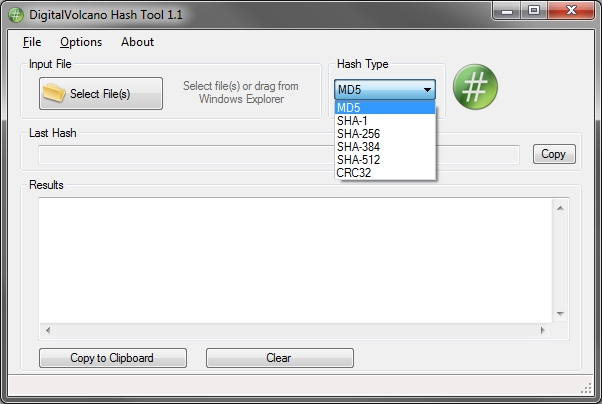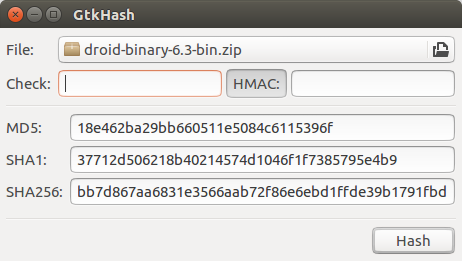Table of Contents
You should never trust an eduCLAIMS pdf without verifying it. Anyone can make a pdf that looks like an eduCLAIMS pdf.
An eduCLAIMS document contains a claim - the fact of completing a course, the text of a recommendation letter, the minutes of a meeting - about a subject, who is a person.
A claim can be created on the web interface of the eduCLAIMS service. A number of signers - also persons - can be invited to sign the document.
The claims can signed by the invited signers by them logging in to the eduCLAIMS service, and using a second factor for enhanced security.
The subject and the signer can be the same person, meaning that you can make a claim about yourself: you can make pledges or issue a memorandum for instance.
When all who were invited signed the document, the eduCLAIMS service issues a digitally signed pdf, that also contains the claim itself, information about the subject and the signers, both in human-readable and machine readable (W3C verifiable claim) format.
The hash - a digital fingerprint of the document - is stored on the eduCLAIMS service as well as put on the Solana distributed ledger.
There are many ways to verify an eduCLAIMS document. This section describes the easiest method.
Download the pdf file to your own device (computer or smartphone)
Generate the SHA 256 hash of the pdf file.
Important: avoid using an on-line tool for this. A locally installed application is more secure for this purpose.
On Windows:
Signing a document in pdf (’portable document format’) is easier now than signing a printed one. All what is needed to do is getting a freeware software via Microsoft Store. Run MS Store, type in ‘hash tool’ to the search box in the upper right corner and hit enter. Choose the first app from the list (with the white hashtag icon on a big green button), install and run it as any regular app. Guidance on how to install and run apps can be found at https://support.microsoft.com/en-us/windows/how-to-install-programs-from-online-sources-on-windows-10-a503e8b6-e45b-fd5a-f4c5-5a08c8bd9821.
The interface to be seen on the screen is very simple and easy-to-understand. PDF files are to be chosen by the ‘Select files’ button (to the right from the hashtag icon in the upper left corner) but drag-and-drop technique also works. Please make sure prior to selection in the middle column labelled as ‘Hash type’, SHA-1 is chosen from the drop-down menu, as this is a standard format of signatures acceptable in EduClaims systems.
Once SHA-256 format and a pdf is selected, a 40-digit long hexadecimal number (i.e., regular digits along with letters ‘a’ to ‘f’) will occur below the file selection box. This is the unique SHA-256 code belonging to the document that can be copied either by the copy button to the right or by regular copy techniques.

On Android:
Various applications exist and can be downloaded from the Google Play store by a mobile phone with an Android operating system. One example is called „Hash Droid.” In the application, one has the choice to „hash a text”, „hash a file” and „compare hashes.” When one has to create a hash from pdf, the second option („hash a file”) is needed. One has to click on the text „click here to select the file to hash” and choose the pdf file containing the claim. A hash function can also be selected – in this case, SHA-256 is needed. When one clicks on „calculate”, the hash is created.

On Linux:
In most linux distributions you can get the hash for any file by right-clicking on them.
There is also a standalone program called gtkhash, you can use your software manager to install it. By running gtkhash you can generate hashes for any files.

You can also use the sha256hash command from the command line.
Copy the sha256 hash to the clipboard. Visit https://educlaims.ponens.org/verify and enter the hash to the text field there and get the result.